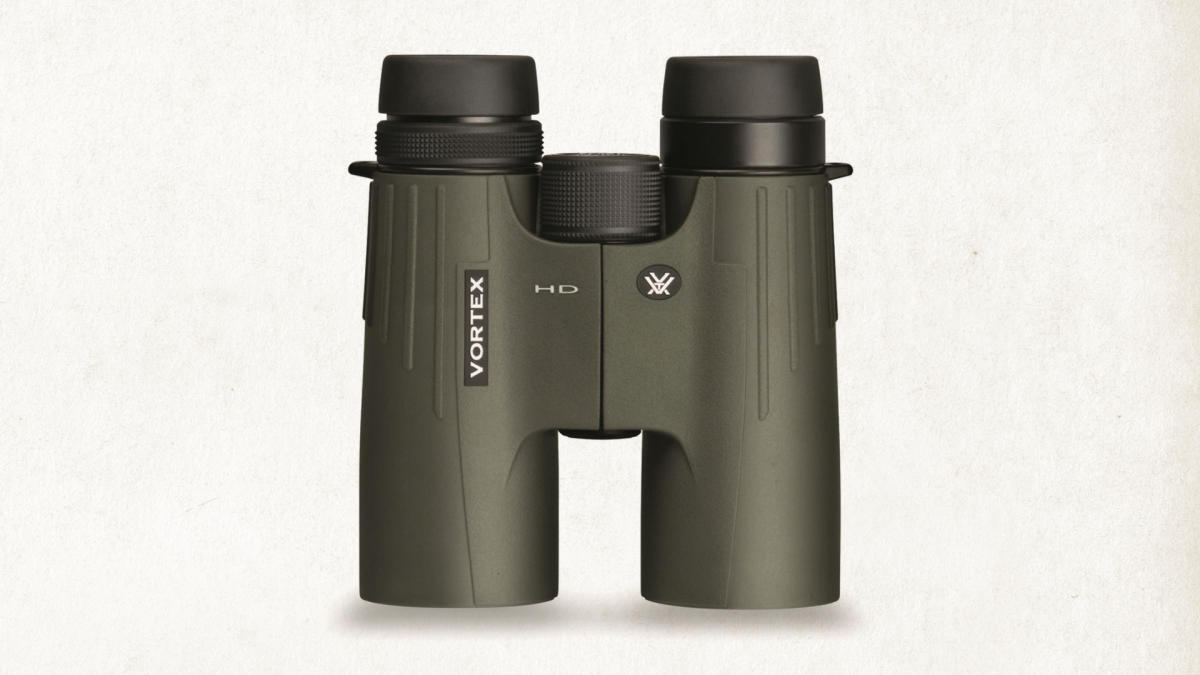Mills Canyon offers a rich environment for a variety of bird species, including the colorful Bullock’s oriole. Photograph by Christina Selby.
BIRDING ON THE TRAIL GENERALLY MEANS trading longer distances and rapid heartbeats for the mindfulness of sounds and sights in the surrounding environment—a rustle in the brush, exuberant birdsong, flashy plumage. These hikes allow you to enjoy the thrill of a slower chase.
Paseo del Río Campground, Elephant Butte Historic District
Below Elephant Butte Dam, this easy one-mile dirt loop traverses a riparian canyon surrounded by desert shrubland. The tall cottonwoods and thick willows have a knack for concentrating migrating songbirds, including colorful Bullock’s orioles. Year-round, find the silky black phainopepla, with its elegant crest. At the old fish hatchery ponds, watch the territorial antics of nesting vermilion flycatchers.
Mills Canyon Campground, Roy
From the riverside campground, meander a few miles along old jeep roads and unofficial trails where the Canadian River cuts between the sloping 800-foot red sandstone canyon walls. Several side canyons harboring wildlife branch off from the main river canyon. In the cottonwoods and underbrush, watch for spring migrants like summer and western tanagers, Wilson’s and yellow warblers, lazuli buntings, and Bullock’s orioles. Year-round residents include golden eagles, vocal song sparrows, and rufous-crowned sparrows.
Red Dot Trail, White Rock
One of the most scenic hikes in New Mexico, this two-mile round-trip trail also offers excellent birding. The trail drops from the canyon rim to the floodplain, passing petroglyphs, big sagebrush flats, and natural springs edged with lush riparian habitat. Along the steep descent, watch for ladder-backed woodpeckers, soaring golden and bald eagles, and owls in the cliffsides. On the river trail, turn left or right to find additional springs where migrating songbirds using the Río Grande flyway rest and refuel. Those streaks of color might be hepatic tanagers, indigo buntings, or common yellowthroats. On the river, shorebirds ply the sandy flats and North America’s only aquatic songbird, the American dipper, dives for insects.
Gila Lower Box Canyon, Lordsburg
A six-mile round-trip hike takes intrepid birders into a remote canyon in southwestern New Mexico with the highest bird diversity in the state. The trail starts on a wide, sandy wash and narrows into a steep-walled canyon where birds congregate, attracted by the constant presence of water. In spring, the Gila River runs high, Mexican poppies blanket the rim, and rare and unusual birds flit among the bosque’s cottonwoods. Watch for Bell’s vireos, yellow-billed cuckoos, Gila woodpeckers, zone-tailed hawks, gray hawks, and the elf owl (the world’s smallest).


EAGLE EYES
You don’t have to spend a small fortune on “bird-worthy” binoculars. Look for 8x42 or 10x42 models (the first number is the magnifying power, the second is the size of the front-facing lens in millimeters) to ensure a bright, wide field of view, which makes it easier to find birds and follow them in flight. “Anything higher than 12-power gets heavy in the field and prone to shaking,” says New Mexico Game and Fish Department biologist Grant Beauprez, who uses the midrange 10x42 Vortex Viper binoculars ($500). “They’re not the top-of-the-line, but for the money, they’re high-quality and pretty rugged.” Good choices for under $200 include the Vortex Crossfire, Nikon Prostaff 3S, and Bushnell Prime models.
Read More: These hot spots offer some of the best birding in the state.


